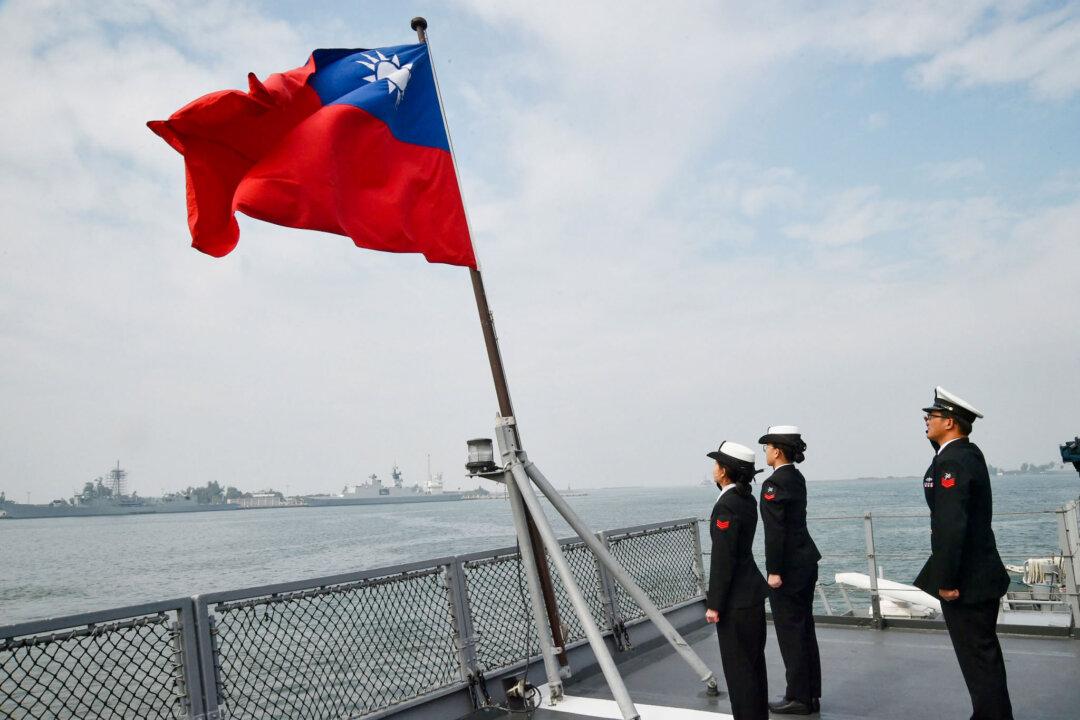Hong Kong and Taiwan businesses are planning to pull some of their production from China after the U.S. administration announced that roughly $200 billion worth of Chinese-manufactured goods would receive a tariff increase to 25 percent from 10 percent.
The new tariff rates went into effect May 10, after President Donald Trump announced the unexpected move five days earlier on Twitter. In subsequent remarks, U.S. officials said that China had reneged on commitments made during previous rounds of negotiations.





